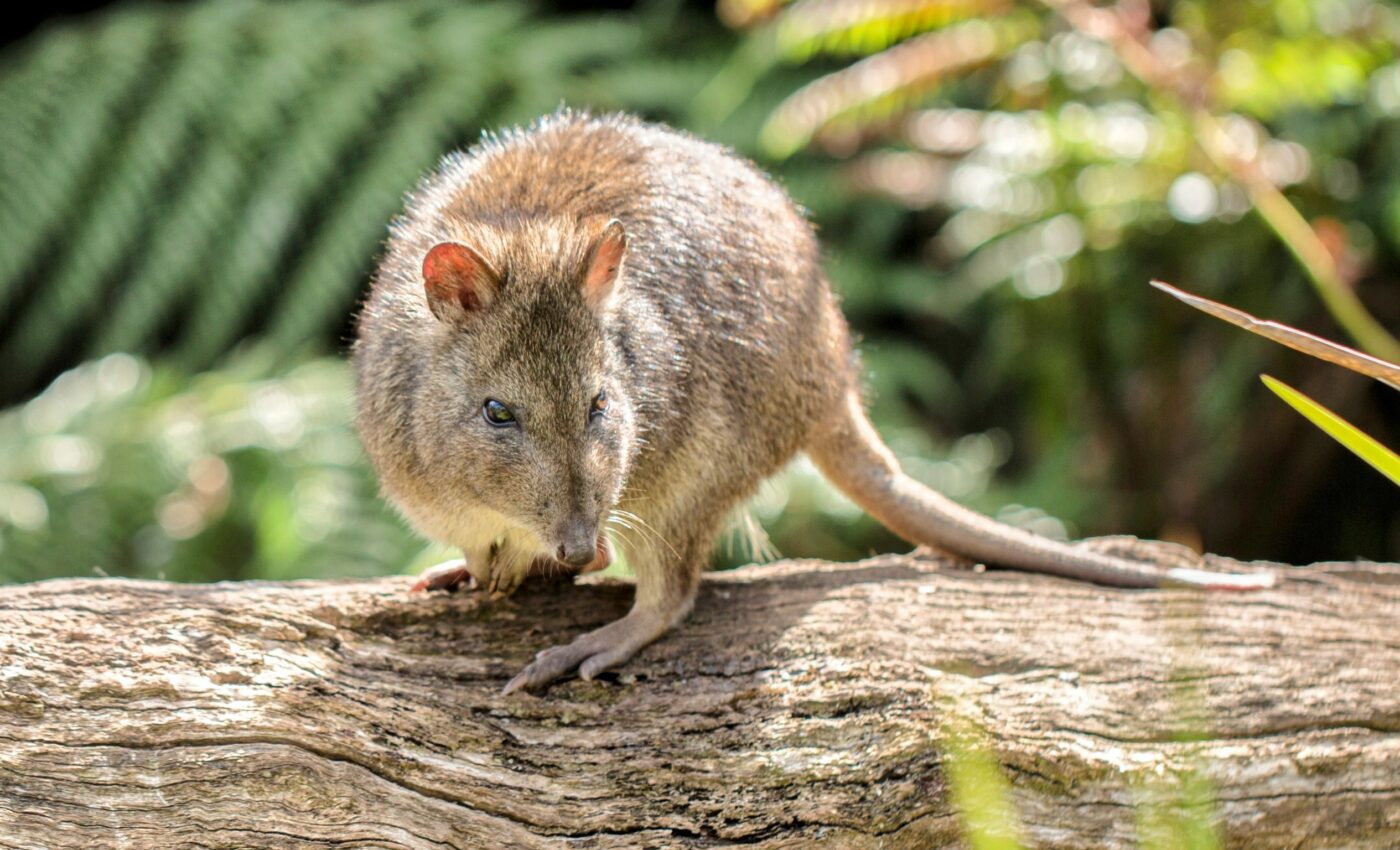
World’s rarest marsupial was unwittingly saved by Prince Philip
Thanks to an unwitting intervention by Prince Philip, the Duke of Edinburgh, 60 years ago, Gilbert’s potoroo – the world’s rarest marsupial – was brought back from the brink of extinction. This nocturnal, fungi-loving rat-kangaroo living in Australia has been thought extinct in the 1870s due to invasive predators and extensive hunting by Aboriginal people.
However, a small population of potoroos remained undetected at Two Peoples Bay until 1994. This area remained unspoiled thanks to Prince Philip, who had lobbied for its protection in 1962.
The Two Peoples Bay, a pristine area located 22 miles east of the Western Australian city of Albany, had been selected for housing developments at the beginning of the 1960s. During a visit to Perth in 1962, Prince Philip lobbied Western Australian authorities against the destruction of the bushland surrounding Two Peoples Bay, hoping to save the elusive “noisy scrubbird,” a species of bird also thought to be extinct until the discovery of a small population in 1961.
Following the royal intervention, Western Australian authorities luckily capitulated, calling off construction plans and eventually designating Two Peoples Bay a nature reserve (in 1967). However, nearly three more decades passed until evolutionary biologist Elizabeth Sinclair came across a Gilbert’s potoroo in this area.
At first, she could not quite believe what she had found. “I was going, “nah, surely not.” This is the most researched nature reserve in Western Australia,” she said. “Surely they hadn’t been sitting here under someone’s nose for, you know, 120 years!” However, soon after she stumbled upon two more specimens. And up to date, over 100 potoroos had been spotted in this area.
“Prince Philip, in helping to save Two Peoples Bay, enabled Gilbert’s Potoroo to survive undetected – and thought extinct – until its rediscovery in 1994,” said conservation biologist Jackie Courtenay of the Gilbert’s Potoroo Action Group.
Dr. Courtenay and her colleagues hope that more areas can be found where the potoroo can live free from the threat of predators such as snakes and foxes, and with enough of the truffle-like fungi that are their primary food source.
“It really is a beautiful animal. And it would be, for that reason alone, just such a loss if that animal can no longer be in the world,” she added.
—
By Andrei Ionescu, Earth.com Staff Writer













